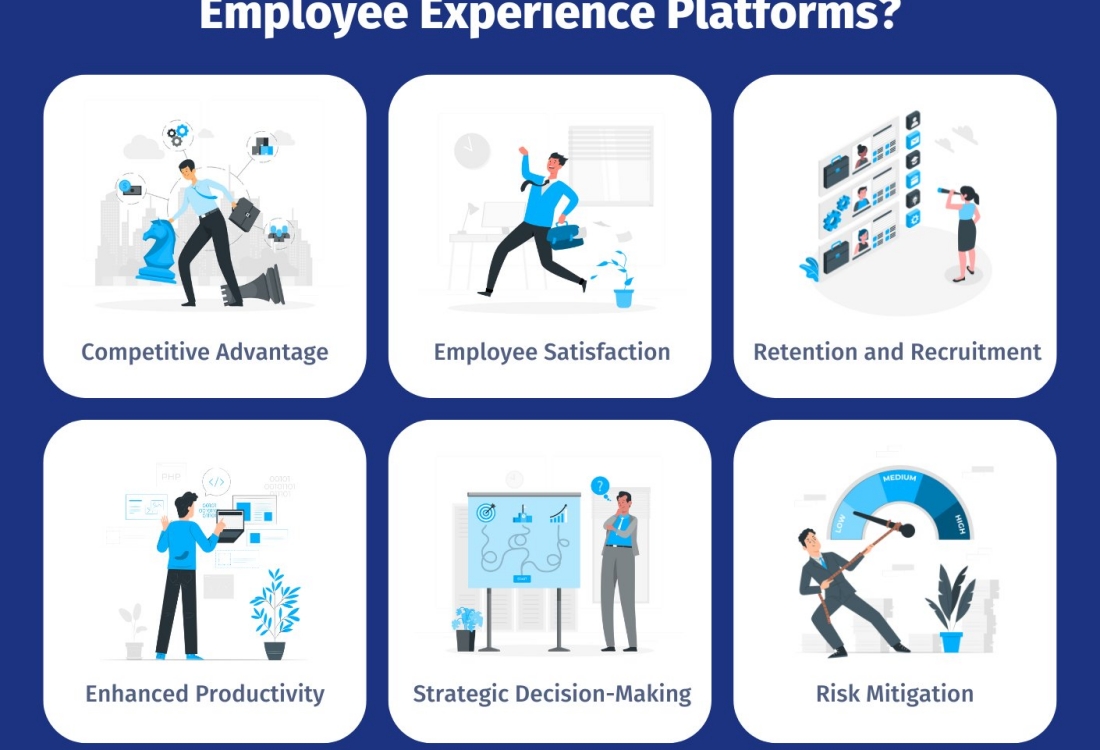Teams come in various forms, from project teams in the workplace to sports teams on the field, academic teams in schools to volunteer teams in communities. Regardless of the context, successful teams share common traits such as clear communication, shared objectives, mutual trust, and a commitment to achieving collective success through collaborative efforts.
Here are three platforms that facilitate effective team collaboration and productivity:
1. Slack: Slack is a popular messaging and collaboration platform that enables teams to communicate in real-time, share files, create channels for specific projects or topics, and integrate with various third-party tools. With features like instant messaging, file sharing, video calls, and app integrations, Slack streamlines communication and fosters collaboration within teams of all sizes. By providing a centralized hub for discussions, updates, and task management, Slack enhances team productivity and efficiency by keeping everyone informed and connected.
2. Microsoft Teams: Microsoft Teams is a unified communication and collaboration platform that offers chat, video conferencing, file storage, and application integration within the Microsoft 365 ecosystem. With features like team channels, document collaboration, virtual meetings, and task tracking, Microsoft Teams empowers teams to work together seamlessly, regardless of their physical location. By combining various communication tools and productivity features in one interface, Microsoft Teams simplifies teamwork and enhances collaboration across different projects and departments.
3. Trello: Trello is a visual project management tool that uses boards, lists, and cards to organize tasks, set priorities, assign responsibilities, and track progress within teams. With a flexible and intuitive interface, Trello allows teams to create custom workflows, set deadlines, attach files, and collaborate on projects in a transparent and efficient manner. By visually mapping out project details and status updates, Trello enhances team visibility, accountability, and productivity by providing a clear overview of tasks and responsibilities.
4. Google Workspace (formerly G Suite): Google Workspace is a suite of cloud-based productivity tools including Gmail, Google Drive, Google Docs, Sheets, Slides, and more, designed to enhance collaboration and communication within teams. With features like real-time editing, version history, shared calendars, and video conferencing through Google Meet, Google Workspace enables teams to collaborate on documents, projects, and presentations seamlessly. By providing a cohesive set of tools for communication, file sharing, and collaboration, Google Workspace promotes teamwork and productivity across organizations of all sizes.
By leveraging platforms like Slack, Microsoft Teams, Trello, and Google Workspace, teams can optimize their collaboration efforts, streamline communication, and boost productivity in today’s fast-paced and interconnected work environment. As teams continue to play a crucial role in driving innovation, problem-solving, and achieving shared objectives, these platforms serve as valuable assets for fostering cohesive teamwork, enhancing creativity, and delivering exceptional results through effective collaboration.

